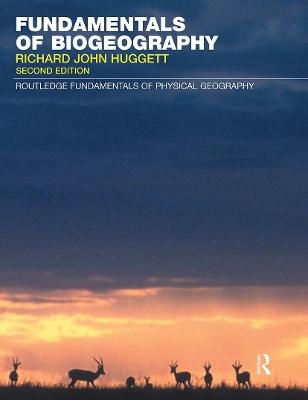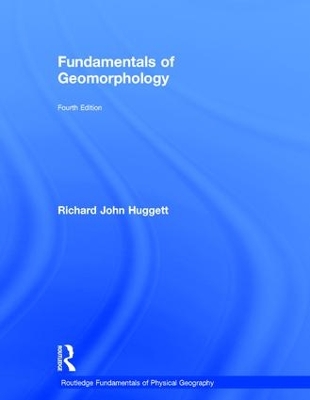Routledge Fundamentals of Physical Geography
2 total works
Fundamentals of Biogeography presents an accessible, engaging and comprehensive introduction to biogeography, explaining the ecology, geography, history and conservation of animals and plants. Starting with an outline of how species arise, disperse, diversify and become extinct, the book examines: how environmental factors (climate, substrate, topography, and disturbance) influence animals and plants; investigates how populations grow, interact and survive; how communities form and change; and explores the connections between biogeography and conservation.
The second edition has been extensively revised and expanded throughout to cover new topics and revisit themes from the first edition in more depth. Illustrated throughout with informative diagrams and attractive photos and including guides to further reading, chapter summaries and an extensive glossary of key terms, Fundamentals of Biogeography clearly explains key concepts in the history, geography and ecology of life systems. In doing so, it tackles some of the most topical and controversial environmental and ethical concerns including species over-exploitation, the impacts of global warming, habitat fragmentation, biodiversity loss and ecosystem restoration.
The new fourth edition of Fundamentals of Geomorphology continues to provide a comprehensive introduction to the subject by discussing the latest developments in the field, as well as covering the basics of Earth surface forms and processes.
The revised edition has an improved logically cohesive structure, added recent material on Quaternary environments and landscapes, landscape evolution and tectonics, as well as updated information in fast-changing areas such as the application of dating techniques, digital terrain modelling, historical contingency, preglacial landforms, neocatastrophism, and biogeomorphology. The book begins with a consideration of the nature of geomorphology, process and form, history, and geomorphic systems, and moves on to discuss:
- Endogenic processes: structural landforms associated with plate tectonics and those associated with volcanoes, impact craters, and folds, faults, and joints.
- Exogenic processes: landforms resulting from, or influenced by, the exogenic agencies of weathering, running water, flowing ice and meltwater, ground ice and frost, the wind, and the sea; landforms developed on limestone; and long-term geomorphology, a discussion of ancient landforms, including palaeosurfaces, stagnant landscape features, and evolutionary aspects of landscape change.
Featuring over 400 illustrations, diagrams, and tables, Fundamentals of Geomorphology provides a stimulating and innovative perspective on the key topics and debates within the field of geomorphology. Written in an accessible and lively manner, and providing guides to further reading, chapter summaries, and an extensive glossary of key terms, this is an indispensable undergraduate level textbook for students of physical geography.

